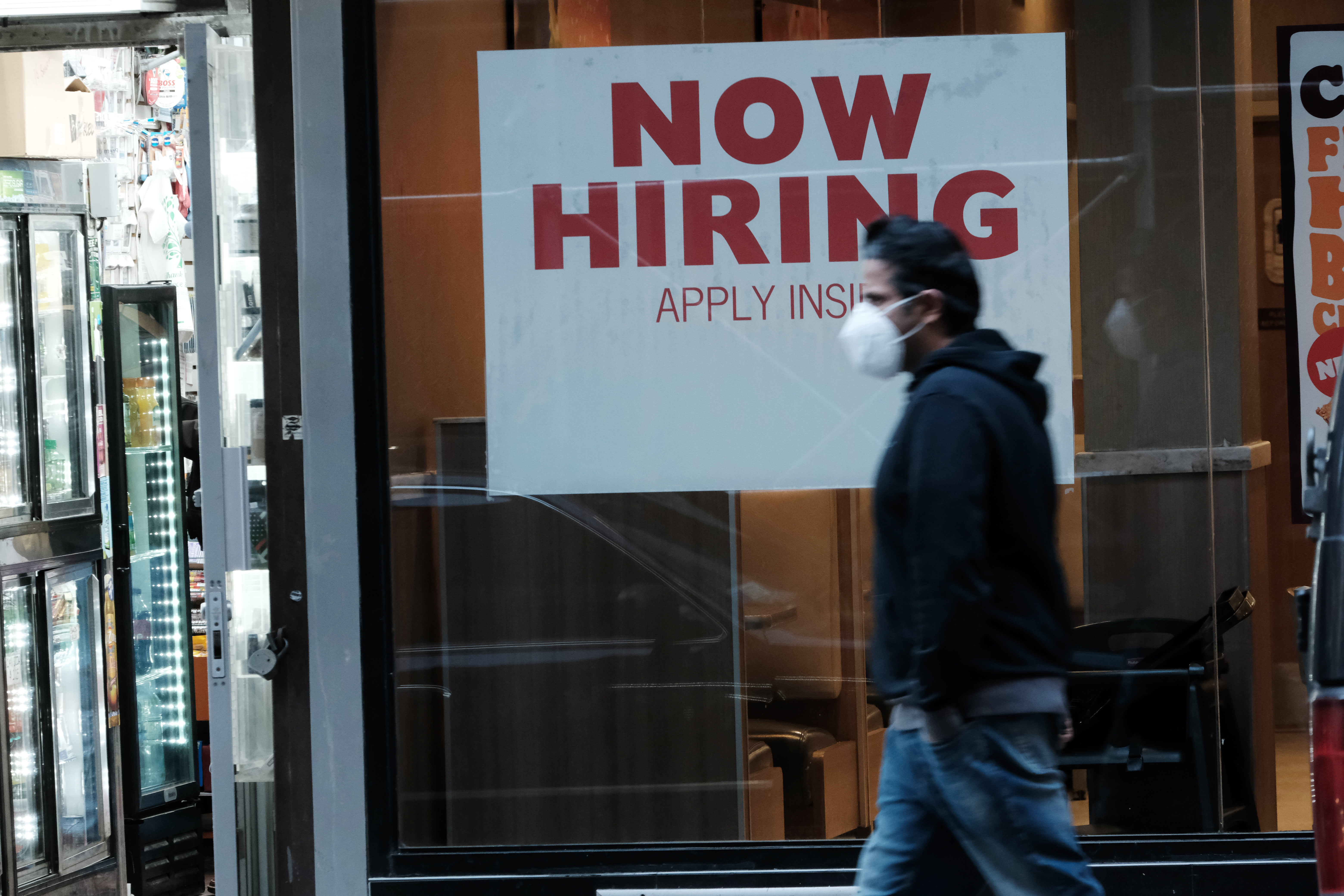Initial claims for unemployment insurance totaled 215,000, the lowest tally since the beginning of the year and fewer than Wall Street estimates, the Labor Department said Thursday.
Economists surveyed by Dow Jones had been looking for first-time filings to come in at 225,000 for the week ended Feb. 26.
A separate report from the Bureau of Labor Statistics showed that nonfarm productivity rose 6.6% in the fourth quarter, slightly less than the estimate for 6.7%. However, unit labor costs rose 0.9%, well ahead of the expected 0.3%.
On jobless claims, last week’s total represented a decline of 18,000 from the previous week and was the lowest since Jan. 1.
Continuing claims, which run a week behind the headline number, edged higher to 1.48 million. However, the four-week moving average, which smooths out weekly volatility, moved down to 1.54 million, the lowest level since April 4, 1970.
The total of those receiving benefits under all programs fell further, dropping to 1.97 million, a decline of 62,625.
The jobless numbers come a day before the BLS’ closely watched nonfarm payrolls report. Wall Street is looking for a gain of 440,000 in February, following up the much stronger-than-expected 467,000 total in January.
Companies are still trying to fill nearly 11 million job openings at a time when the worker shortage has expanded to unprecedented levels. There are about 4.4 million more employment openings than there are unemployed workers looking for jobs.
Wages have surged in the current environment, with average hourly earnings up 5.7% in January, a level well above anything seen in the pre-pandemic environment, according to Labor Department data going back about 15 years.
Unit labor costs continued to increase in the last three months of 2021, though at a lower pace than the previous quarter due in large part to the jump in productivity. A 7.5% rise in hourly compensation was largely offset by the 6.6% productivity rise. For the full year, unit labor costs were up 3.6%, down from the 4.3% gain in 2020.
Federal Reserve policymakers are about to tackle the inflation issue with an expected series of rate increases.
Fed Chairman Jerome Powell on Wednesday called the labor market “extremely tight” and said he expects the first rate hike to come at the central bank’s policymaking meeting later this month.
